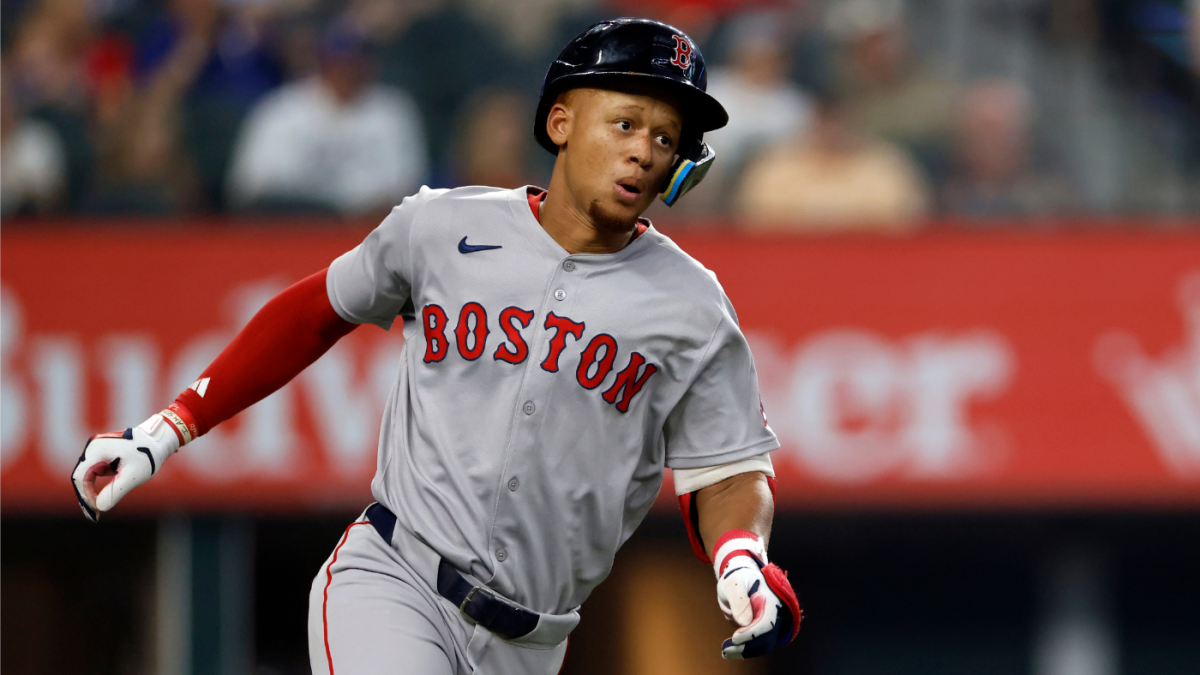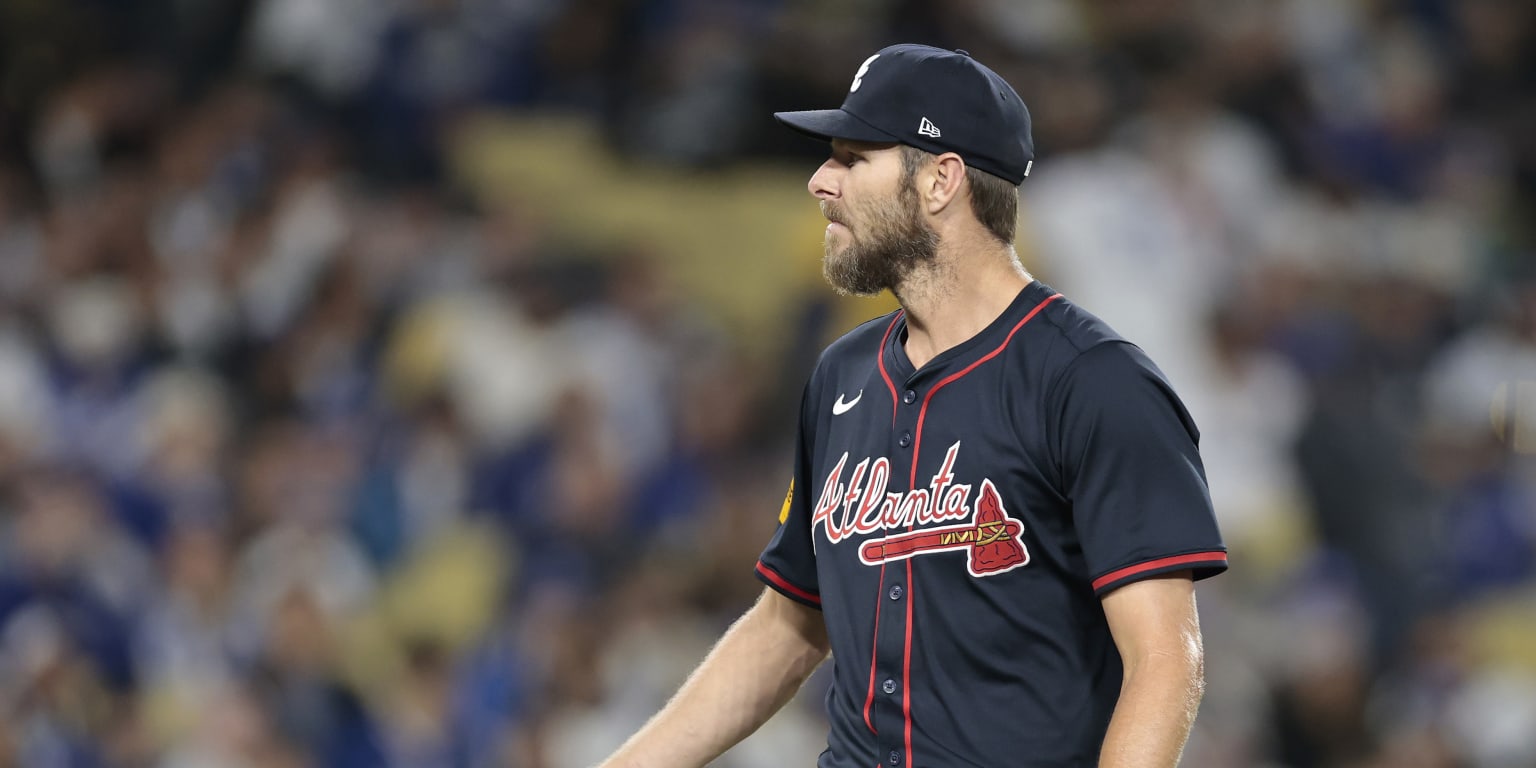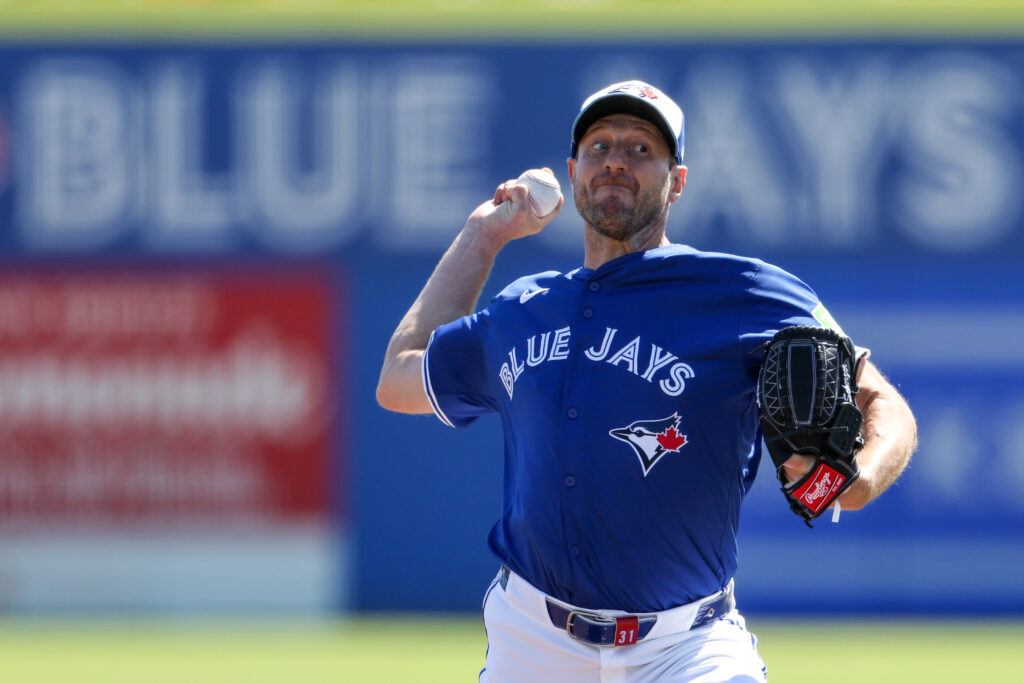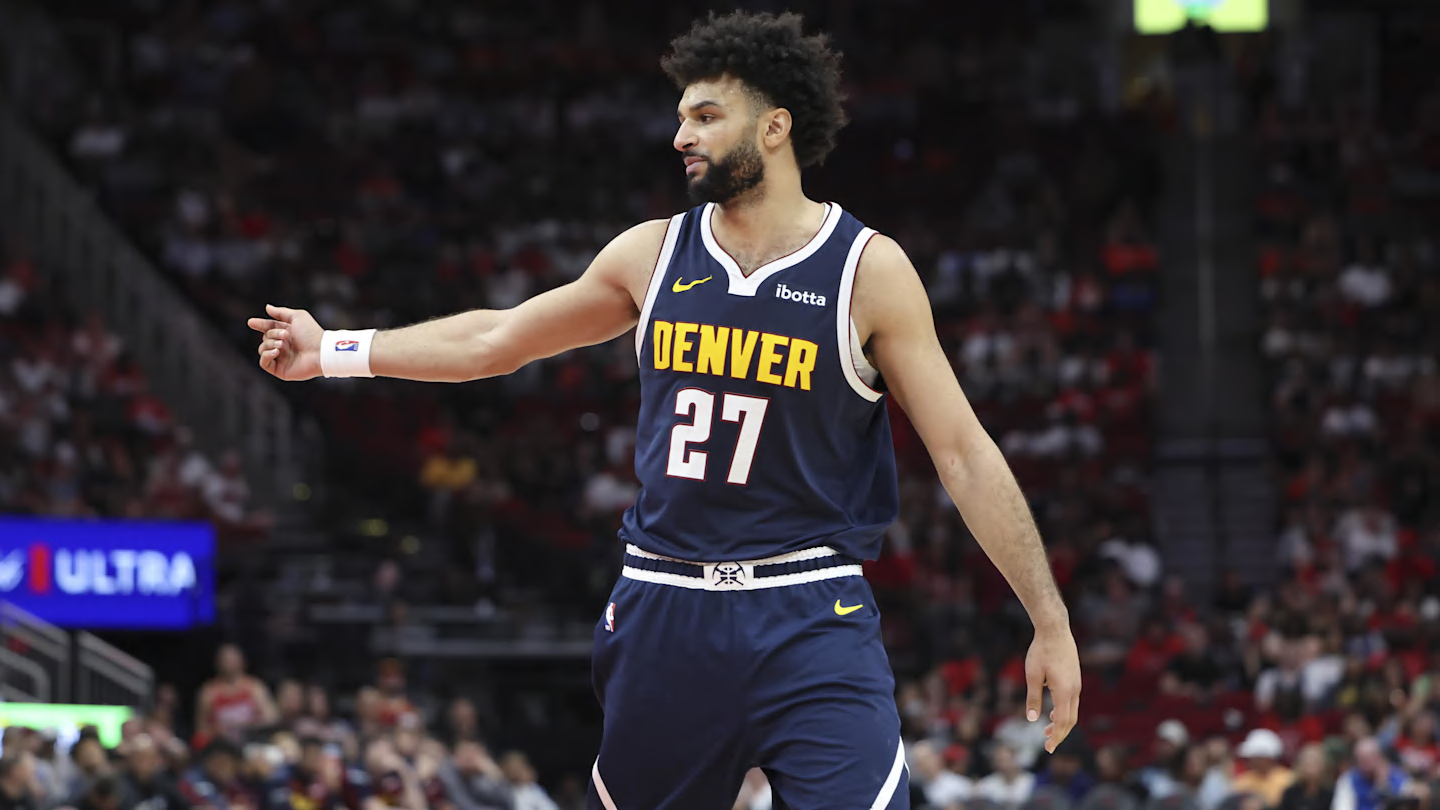
The Red Sox are in continued conversations with Kristian Campbell and his camp about a contract extension, a league source confirmed to CBS Sports.
And for very good reason.
Campbell, ranked the No. 3 prospect in baseball by CBS Sports heading into the season, is off to a strong start in his debut with the Sox, batting .375/.500/.688 through his first five games while playing a steady second base.
Campbell’s emergence is an encouraging development for the Sox, who have struggled to find an everyday second baseman since Dustin Pedroia last played regularly in 2017. They hoped to fill that role by acquiring Vaughn Grissom before the 2024 season, but Grissom struggled to produce. At the same time, Campbell was impressing in the minors, beginning what would eventually become a meteoric rise through the ranks.
But why would the Red Sox be so willing to commit to Campbell long term? It’s a combination of his talent and the financial flexibility it provides the club.
Financially
Over the last half-decade, teams have increasingly prioritized locking up young talent, a trend popularized by the Braves. Atlanta, known for building from within, signed Ronald Acuña Jr. to an eight-year, $100 million deal in 2019 when he was 21. That same year, the club secured Ozzie Albies to a team-friendly seven-year, $35 million contract. Albies was 22 at the time — the same age as Campbell. Campbell will certainly command more money than Albies, but both contracts, overall, have worked out in the Braves’ favor. Acuña went on to become a four-time All-Star and also won National League MVP in 2023. Albies, a three-time All-Star, has won a Silver Slugger Award at second base and received MVP consideration in two separate seasons.
Those ended up being great bets for the Braves and the Red Sox have that same level of assurance in Campbell.
Hitting ability
Despite his lackluster stats in spring training, second base was Campbell’s job to lose by Opening Day. The Red Sox had seen enough of him during his minor-league career that they were convinced he was ready for the big leagues. Manager Alex Cora also hinted that while Campbell’s numbers didn’t stand out, his overall at-bats and the team’s internal analytical data suggested that the young infielder was in a good place.
“I saw something underlying numbers, and he’s trending in the right direction,” Cora said during spring training. “Not chasing. He’s a good hitter, man. Last year, we knew that [Ceddanne] Rafaela was going to chase pitches and he wasn’t going to catch up with the fastball. Take a look at the bats of the kids. You know? So it’s whatever you guys want to make it up to be, right? The numbers, you can massage them to make it work or not make it work. We all know that. We trust the at-bats.”
Campbell hit just four homers in his lone 2023 season at Georgia Tech, but the Red Sox, at the time led by then-chief baseball officer Chaim Bloom, believed that his power would increase alongside his elite bat-to-ball skills once he entered their system. One key adjustment involved his swing path. The Sox, who took Campbell in the fourth round as a compensation pick for Xander Bogaerts signing with the Padres in December 2022, saw that his swing was steep. Despite hitting the ball on the ground, he was making hard contact. If they could get him to focus on swinging with a more upward plane, they believed he could find a middle ground, staying level through the zone.
It paid dividends for Campbell, who hit 20 homers in the minors in 2024, slashing .330/.439/.558.
At the big-league level, Campbell’s plate discipline has stood out alongside his bat speed and contact ability. He has drawn four walks, including two in Monday’s loss. Young players who control the strike zone often experience a smoother transition than those who don’t.
Campbell fits that bill.
Defensively
The Red Sox led the majors in unearned runs allowed last year, in part due to the absence of Trevor Story, who missed most of the season with a shoulder fracture. The team relied on David Hamilton, Romy Gonzalez, Pablo Reyes, and Enmanuel Valdez to shore up the defense, but all were below-average defenders.
With Story back, the Red Sox wanted to pair him with a sure-handed second baseman who could specifically turn the double play. Although Campbell didn’t log many innings at second base in the minors (he also spent time at shortstop, third base, and left field), they liked his athleticism and believed he could handle the role. So far, that decision has worked in Boston’s favor.
Athleticism
The Red Sox have made it their mission to become more athletic, shifting from being slow on the bases to featuring speedsters like Jarren Duran, David Hamilton, and Ceddanne Rafaela. Campbell fits that mold as well, ranking in the 89th percentile in sprint speed among all major leaguers, according to Baseball Savant.
He also fits the mold of a no-brainer extension.



